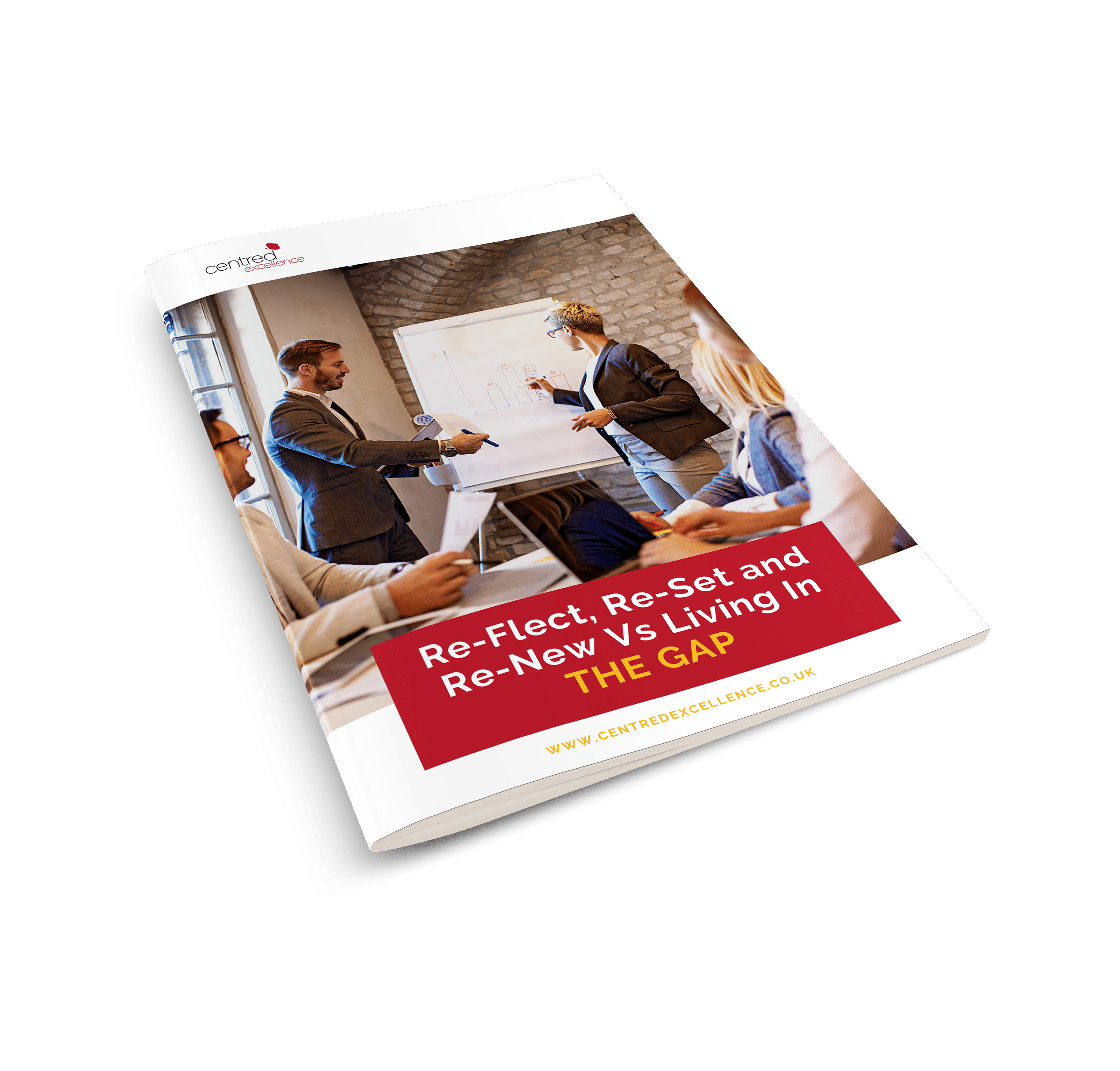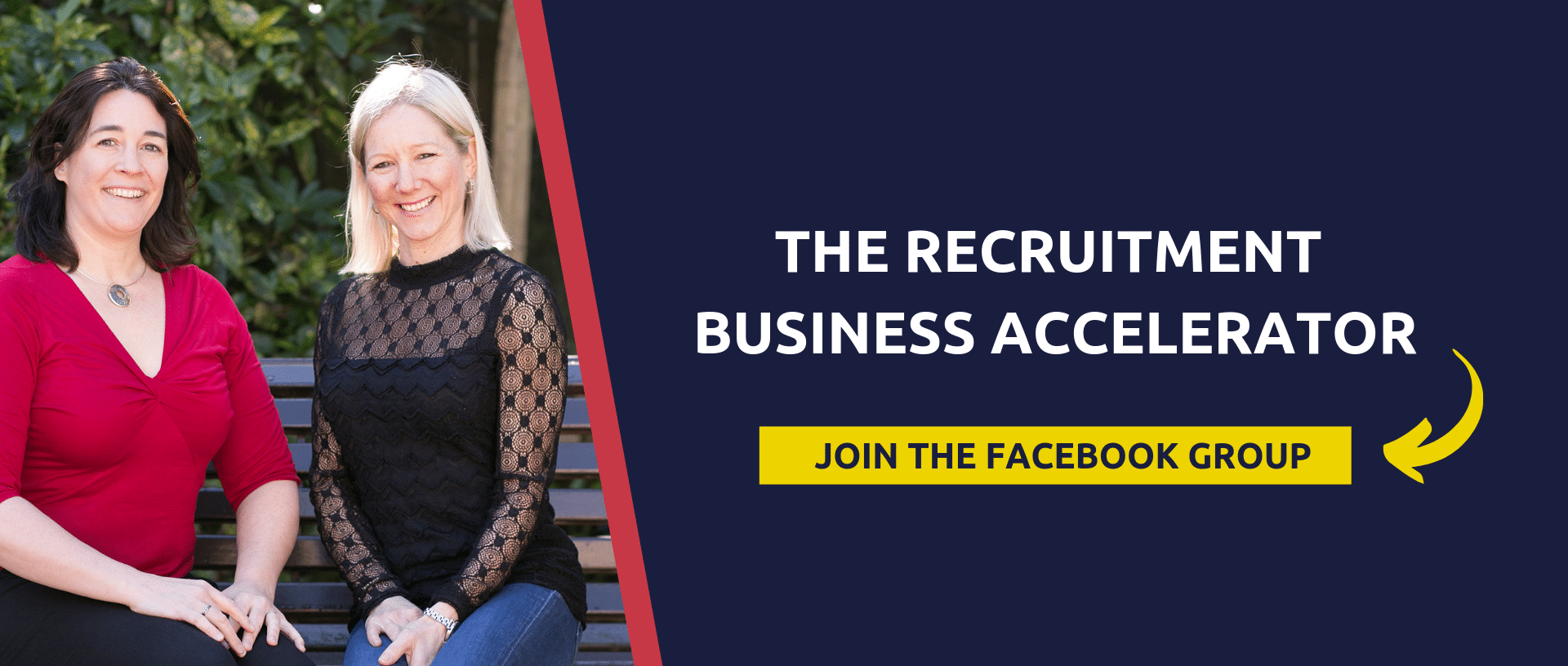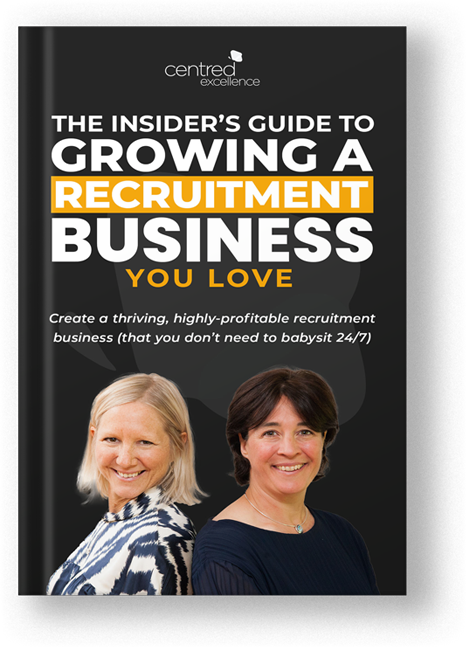In today’s Recruitment Hero story in our Recruitment Hero Series at Centredexcellence, we share Courtney Dorsey’s story and the incredible results she achieved during her RockIT journey.
Courtney is the co-founder of Down to Staff, Cora Behavioral Health Solutions, and, more recently, another business venture with her business partner Laura, Law Court Virtual.
Today Courtney has very kindly agreed to share the steps that she and Laura have taken in the last six months and how they have grown the recruitment side of the business.
There are three key secrets that she will be sharing with you today.
First, Courtney shares more about your background.
Tell Us More About Your Recruitment Background.
As Katie mentioned, I’m the co-founder of Down To Staff. We go by the Name of dts, a Maryland-based recruitment firm working within the behavioural health industry.
We started the business in late 2018, but it wasn’t until 2019 that we quit our day jobs and jumped all in.
We are coming up to our third anniversary of that, and it’s been wonderful working with Katie, Nicky, and the RockIT team to help take our business to the next level and set up processes around everything we’ve been doing. Living our best while working was important, and we created systems to do that.
I think it’s just such an old-school way of thinking that you have to get three or four hours of sleep a night and work a thousand hours a week to have successful businesses.
One of our biggest things has been that work-life balance is not just employee important; it’s important for business owners too.
Free 8 Week Induction Plan For Resourcers
Exactly What You Need To Cover In The Initial 8 Weeks To Successfully Train and Onboard New Resourcers…

When did You First decide to Get Help; What Was Happening With The Business?
Yes, of course. So we were at a spot where we had started to grow, but we didn’t have many processes. We were very just kind of willy-nilly doing things.
It was our first time being business owners, and we started ramping things up about six months before Covid; then, the world changed, and six months ago, we knew that we had to start making moves to make our business sustainable and scalable.
We felt we were missing, not having systems in place and not having other people to talk to about it.
So Lauren and I have each other, but outside of that, we didn’t have much guidance regarding what to do and what not to do. And we are just stuck on how to make those next steps.
This situation wasn’t allowing us to grow consistently to be confident in building our team, and then be satisfied in stepping away from the business.
We were the business mechanics, working in the business instead of working on the business. And the thought of pulling out of the day-to-day terrified us because we thought everything would fall apart, inhibiting us from growing.
We were connected to both of you and watched your webinars and content. I’m pretty sure it was the summer of 2020, so the height of Covid.
One of the webinars that I watched was about picking a niche for your recruitment business. And at that point, we were working on anything and everything. We were very opportunistic in terms of the industries that we were working in. We were doing a little bit of this, a little bit of that.
And I watched this video, which talked about analyzing all of your placements and where they came from. And what we realized after doing that was most of our business, 95% of it, came from the behavioural health industry.
So this light bulb went off, and I was like, wow, this is such helpful information, and it’s free.
So I took the calls because I was excited, and we were just so trepidatious about working with a program and all the unknowns that came with it. Finally, a year passed, and we’re still repeating the same patterns of having a good month, a bad month, a good month, and a bad month.
I asked Laura if their free information helped us as much as it has and if we would’ve made this decision a year ago, where could our business be? I was like, I think we need to pull the trigger and do it, and the rest is history; thank you!
Re-Flect, Re-Set and Re-New Vs Living In THE GAP
Download your 2020 Business Planning Worksheet for Recruiters.

What Have You Implemented?
First, we clarified our roles for Laura because we were still heavily involved in recruiting and sourcing.
We used the profiling tools you recommended for Laura, me, and the team, which helped all of us get in a flow.
This isn’t about splitting things down the middle; it’s about playing to our strengths.
Laura is very detail oriented. She takes care of our finances and accounting, and I’m much more of the big-picture strategy person, which we realized is a good thing.
And so what we realized is, okay, that’s not a bad thing.
We now split tasks accordingly instead of each job being divided and each doing half and half. Laura takes on her projects, and I take on my projects now, and it has helped with our efficiency and overall happiness because we’re doing the things we’re in flow with.
The second biggest thing we did was analyze the roles we were working on. So the year before, we really turned our business into behavioral health. And what we worked on in the past six months was breaking that down even further and saying, okay, we’re in behavioural health, but we don’t have to specialize in all of the behavioural health and let’s see where the money is coming from.
And we broke it down into our top three roles, which we noticed we spent the most time with, yet we only had a 15% fill ratio, bringing us between $6-9k a placement; we are mainly perm.
We had this other role type where we’d only placed four of these individuals, but we had a 100% fill rate, and those positions were $20,000 a piece.
This was another one of those light bulb moments of why aren’t we doing this more? And they were roles that we didn’t like taking on. We always did. Begrudgingly we’re like, sure, I guess we’ll look for that. And the number, the proof, was there. We placed every single, we filled every role we were given, and it was double or triple the other placements.
So this means the recruiters are working less and making more money, which means the company is making more money and doing it way more efficiently.
Next, we built out our candidate journey.
Because we’ve realized that between all of our LinkedIn connections and our database, we have thousands upon thousands of potential candidates and we might reach out to them once or even maybe twice and then nothing, and then they’re into this abyss, this black hole. The work we did, sourcing connecting, doesn’t matter anymore because they’re not being kept in our ecosystem.
So we started using email campaigns out to them with useful information, which then led them to contact us requesting more information.
So these people we already did the work to bring on board are now nurturing those candidates.
Since we have started this process at least weekly, we are getting probably ten new candidates a week that is reaching back to us saying, Hey, we want to work with d t s; we are interested in you.
People we’d reached out to that we never heard from are now coming back and saying, we want to work with you. And it’s been really exciting seeing candidates flow to us instead of the other way around.
We Are Automating Both Our Candidate and Client Journey
One of the biggest parts is automation; once the email campaigns are set up, they go through the sequence, and we don’t have to do anything. So, it has freed up much of our time because that’s been our biggest thing.
Because none of us has the time, automation has helped us focus our efforts on other areas. So we also implemented a client campaign where we send out weekly hot candidate newsletters, and we had a client, earlier this week, email us and say, wow, I haven’t seen another recruitment agency in this industry do this; I’m going to share it with my peers.
That was such a good feeling, and it really all started with building out the candidate journey and then saying, okay, if we can do this on the candidate side, we can do it on the client side as well. And so our BD efforts in terms of cold calling, cold emailing, and cold LinkedIn messages have reduced significantly.
We have a flow of clients coming to us just from all the work we’ve been doing and all the postings on LinkedIn, and now clients are flowing to us. And that alone has saved us so much time as well.
I’m like, oh my gosh, I can’t believe I used to spend hours and hours and hours a day doing that. And now, we take the calls, and most of our time is spent taking the calls instead of reaching out and setting up the calls.
It’s not all expensive software either; Everything that d t s has done has been organic. So we’ve had to be conscious of costs and figure out how to do more with less. And yeah, we haven’t had to spend all of this money or even spend more money in our overhead in terms of our team. It’s still our same team doing all of this. We haven’t had to hire all these people to make these processes work.
Katy: Right. So this is drumming that home. The world has changed. I had this conversation with a couple of people about the new world of recruitment.
Business development has changed, and the way we interact with candidates has changed. So this customer journey that our clients and candidates want to experience is very different. It is about how we can maintain a small team but be super, super efficient, make maximum profit, and put ourselves into those roles. So it goes back to Pareto’s law 80 20, getting really clear on what you’re doing and getting smart about it.
People have used the term like boutique firms, and I think the proper term is a concierge firm where it is targeted and specific to each client and candidate and goes above and beyond; that’s it.
As opposed to these, major corporations throw things up the wall and see what’s stuck. It’s way more concierge with a personalized journey for everyone. And I think that’s where we’ll see recruiting as a true value to your clients and your candidates, knowing that you have both interests in mind.
What Else Have You Taken Away From The RockIT Programme?
It has been invaluable for us to have the RockIT team, the other members of the program, and a community of like-minded individuals with varied backgrounds and experiences.
So we’ve worked with people from all over the world and all different industries, and yet when we would, would get on the weekly calls and being in the Facebook group, the information we learned, you know, when we would face a problem, our first thought was, okay, let’s join the Monday q and a and then post in the Facebook group and see what everyone else has to say.
The sharing of information, because being a business owner can feel isolating and in a way that I didn’t understand before, just because you feel this pressure you don’t have when you are just working for somebody else.
And so Laura and I could share that as business owners. Still, having this whole group of people who could feel the pain points and have solutions to those was just; it’s been just the most amazing part of the community that RockIT has built. How everyone was so willing to help and did not think that they were better than, or that, you know, there was no judgment from anyone about whatever size your company was or how big your team was, anything like that.
It was just the most supportive environment, which helped us tremendously. And I think what I realize now is business owners need that. And in the times that we’re in, we need people who are our cheerleaders and also here to provide valuable solutions,
What Next?
Courtney and Laura are action-takers who did the work and implemented the strategies we teach in the Rockit program and consequently doubled their business in six months and are making bigger placements.
If you would like to discuss how we can help you build your recruitment company to deliver the lifestyle you want, schedule a free profit Accelerator Session with one of our Scale Specialists.
We will help you clarify exactly what you need to do to double your sales and fill rates and increase your fees while you build a business that runs on autopilot.
Warm Regards
Nicky and Katy








